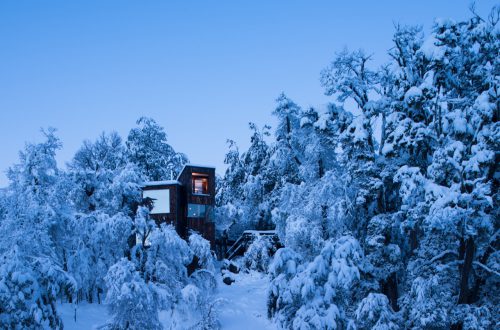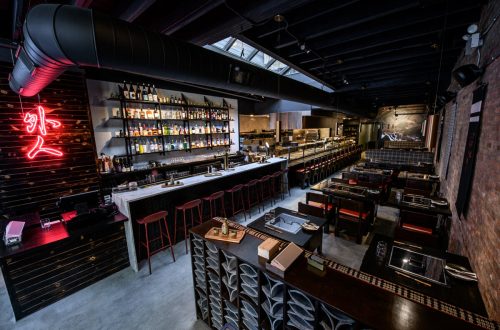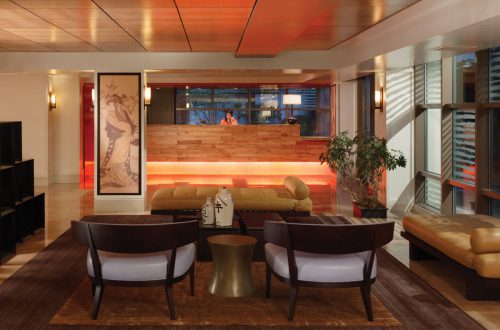
Shou Sugi Ban: A Popular New/Old Technique For Treating Wood
Shou Sugi Ban (which translates as “the burning of Japanese cypress”) is a traditional Japanese technique of charring wood to make it repel water, prevent sun damage and make it rot and insect resistant. A number of woods can be treated this way, including spruce, accoya (a thermally modified wood), Western red cedar, Douglas fir, and so on but cryptomeria japonica or Japanese cedar, was the traditionally used wood, indigenous to Japan and China.
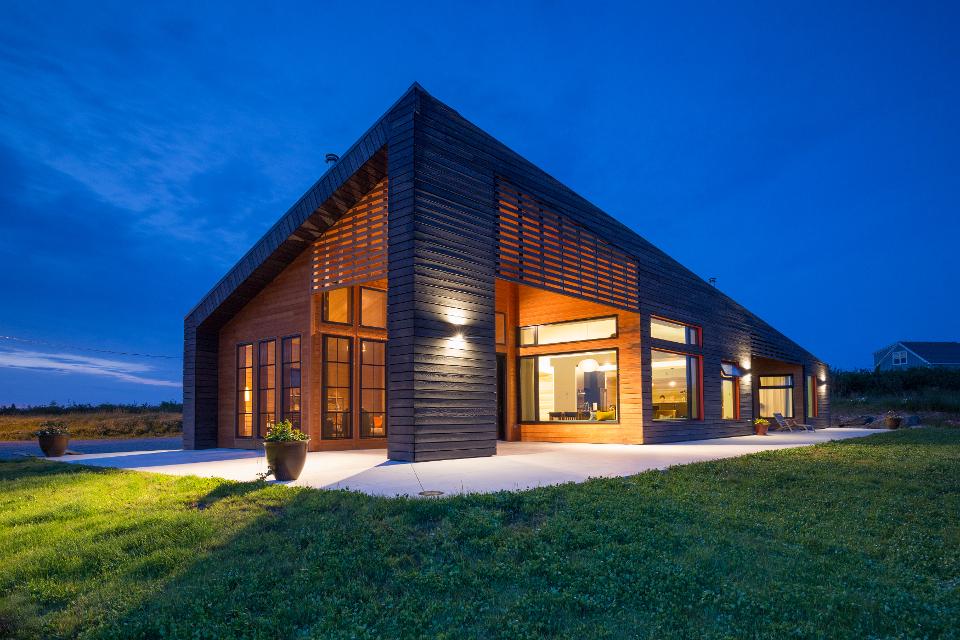
Shou Sugi Ban (which translates as “the burning of Japanese cypress”) is a traditional Japanese technique of charring wood to make it repel water, prevent sun damage and make it rot and insect resistant. A number of woods can be treated this way, including spruce, accoya (a thermally modified wood), Western red cedar, Douglas fir, and so on but cryptomeria japonica or Japanese cedar, was the traditionally used wood, indigenous to Japan and China.

This technique has been used for hundreds, maybe thousands of years, in Japan, but has recently become much more popular in the Western countries. There are a variety of ways to create the charred-wood effect. Today, this treated wood is available commercially, treated in a variety of in-house proprietary ovens, from companies in Texas and Pennsylvania.
The wood can have a variety of looks and colors depending on the wood species used and the intensity of the burn. Most of the wood has a crackled or alligator skin-type look which can vary, along with the color, from a black to a lighter gray. The location where the wood will be used also helps determine which species of wood will be used and the level of the burn. For interior flooring, for example, French chestnut wood, might possibly be used with a lower burn than for exterior siding, where Cyprus wood and a high burn would be more optimal. For the interior spaces the char would be brushed off to get the cleaner look of the wood.

PHOTO COURTESY OF DELTA MILLWORKS
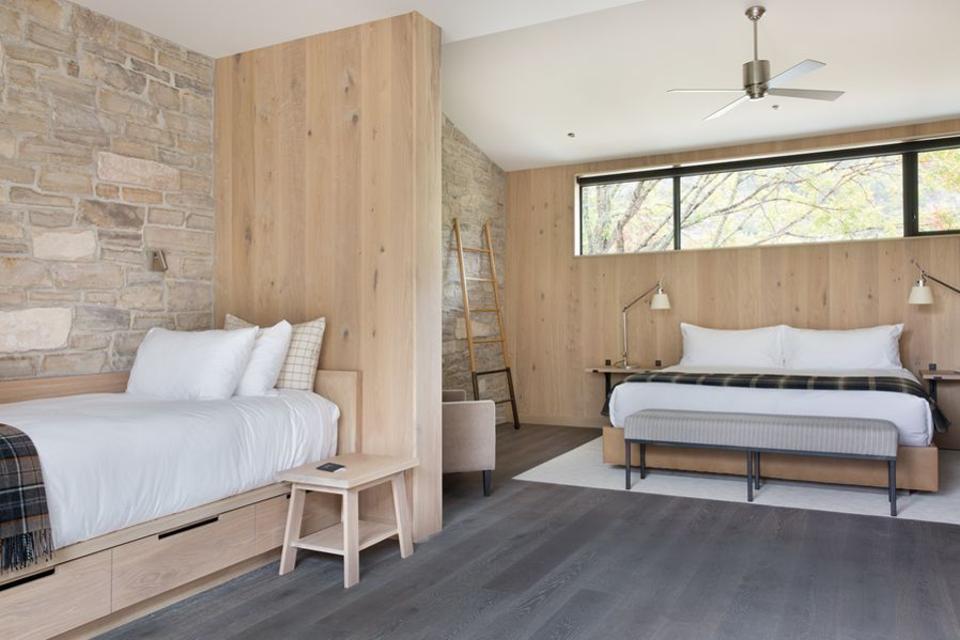
PHOTO COURTESY OF DELTA MILLWORKS
The original process involved binding three boards together in a triangular tube and then burning the wood from the inside just deep enough to get the black-silver finish. After the wood cools it is brushed and washed. The wood is sometimes left in that charred state or finished with oil to bring out the gray, silver, or other tones. This charring process preserves the wood, eliminates the sap in the wood, and makes it resistant to fire, rot, and pests. It is also durable and requires minimal maintenance – which is what many homeowners are seeking today.
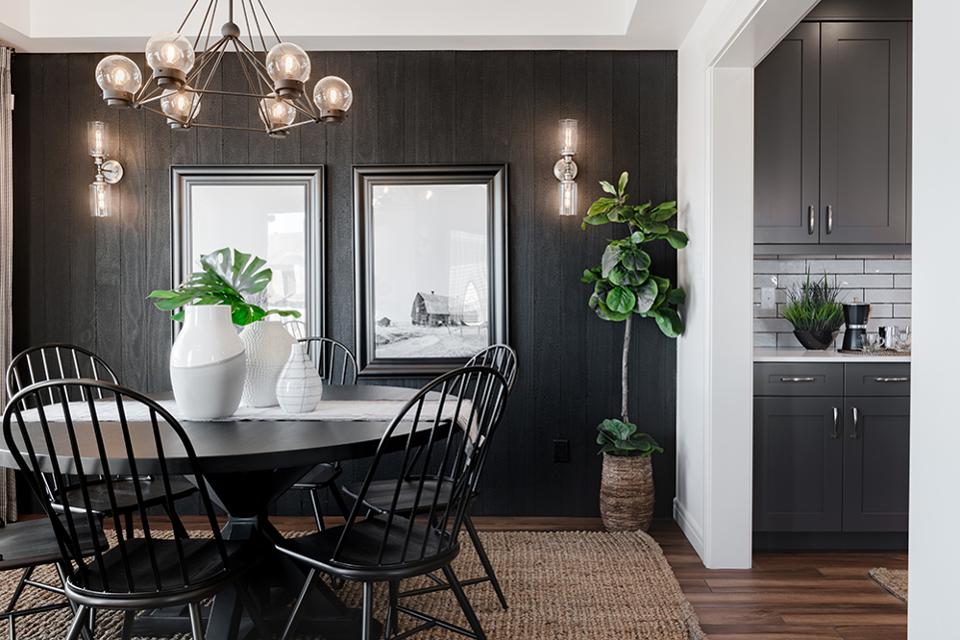
PHOTO COURTESY OF RESAWN TIMBER CO
The shou sugi ban technique was originally used in Japan for exterior siding of buildings to protect them. Today these treated boards are used for flooring, interior ceiling and wall cladding, furniture and exterior siding and decking. Whereas the exterior shou sugi ban wood is used for its durability and esthetics, it is used for mostly esthetics on the interior areas. These boards offer a rustic appearance to the structure and one that can last for many years.
For further information, visit Forbes Magazine.


